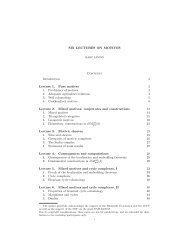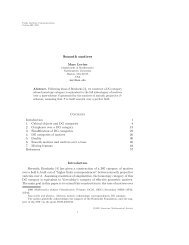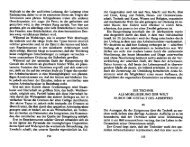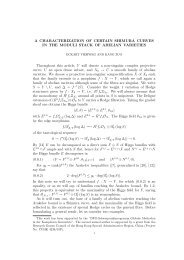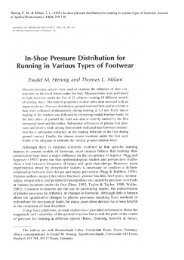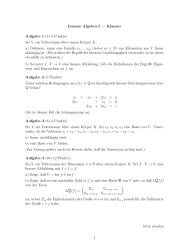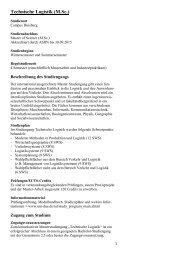AVR STK500 User Guide - Atmel
AVR STK500 User Guide - Atmel
AVR STK500 User Guide - Atmel
Create successful ePaper yourself
Turn your PDF publications into a flip-book with our unique Google optimized e-Paper software.
Hardware Description<br />
3.9.1 Signal Descriptions The signals AUXI1, AUXI0, AUXO1, and AUXO0 are intended for future use. Do not<br />
connect these signals to your application.<br />
The DATA[7:0] and CT[7:1] signals are also found on the Prog Data and Prog Ctrl connectors.<br />
These signals and connectors are explained in Section 3.10 on page 3-25.<br />
The BSEL2 signal is the same as that found on the BSEL2 jumper. This jumper is<br />
explained in Section 3.8.5 on page 3-22.<br />
The SI, SO, SCK, and CS signals are connected to the DataFlash. Use of the DataFlash<br />
is described in Section 3.6 on page 3-6.<br />
NC means that this pin is not connected.<br />
The remaining signals are equal to those found on the PORT connectors, explained in<br />
Section 3.4 on page 3-3.<br />
3.10 Prog Ctrl and<br />
Prog Data<br />
Headers<br />
Note: DATA, CT, and AUX signals are based on 5V CMOS logic. No voltage conversion<br />
to adapt to VTG is done on these signals.<br />
The Prog Ctrl and Prog Data headers are used for High-voltage Programming of the target<br />
<strong>AVR</strong> device. The placement of the headers is shown in Figure 3-33. During parallel<br />
High-voltage Programming, the Prog Ctrl signals are routed to PORTD of the target<br />
device. The Prog Data signals are routed to PORTB. See Section 3.7.2 on page 3-11 for<br />
a complete description of High-voltage Programming. The pinouts of the Prog Ctrl and<br />
Prog Data headers are shown in Figure 3-36 and Figure 3-37. For more information<br />
about High-voltage Programming of <strong>AVR</strong> devices, see the programming section of each<br />
<strong>AVR</strong> datasheet.<br />
Note: Prog Ctrl and Data connectors are connected directly to the master microcontroller<br />
without level converters. This means that these signals are always 5V<br />
logic.<br />
Figure 3-36. Prog Ctrl Header Pinout<br />
NC<br />
(OE)CT2<br />
(BS1)CT4<br />
(XA1)CT6<br />
GND<br />
CT1(RDY/BSY)<br />
CT3(/WR)<br />
CT5(XA0)<br />
CT7(PAGEL)<br />
NC<br />
The Prog Ctrl signals are normally used for the control signals when parallel Highvoltage<br />
Programming an <strong>AVR</strong> device.<br />
Note: All Prog Ctrl signals are based on 5V CMOS logic. No voltage conversion to<br />
adapt to VTG is done on these signals.<br />
<strong>AVR</strong> <strong>STK500</strong> <strong>User</strong> <strong>Guide</strong> 3-25<br />
1 2<br />
1925C–<strong>AVR</strong>–3/03





